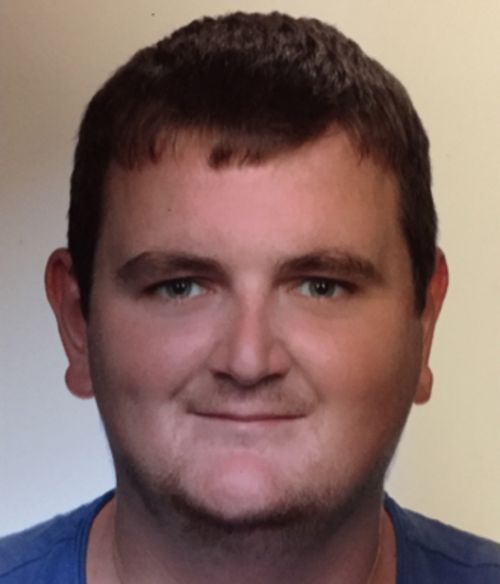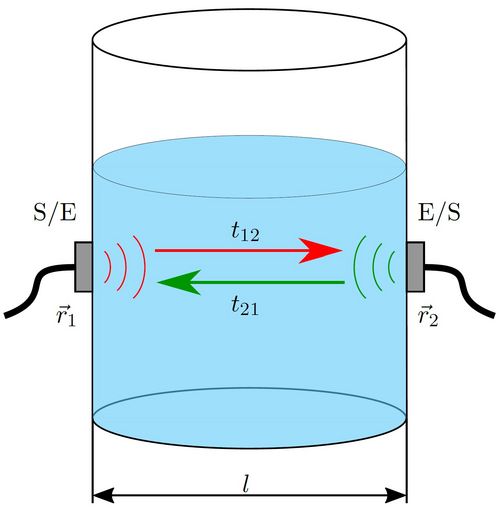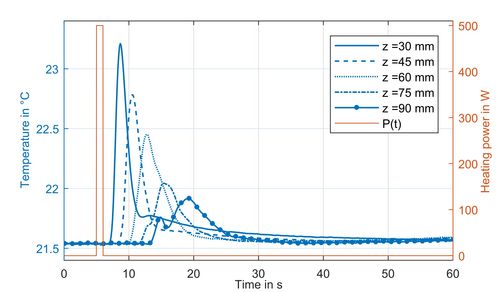
Supervision: Univ.-Prof. Dipl.-Ing. Dr. Bernhard Zagar
Measuring the time of flight of sound waves offers innumerable application possibilities in measurement technology. With the pulse-echo method, sound waves are emitted by a piezoelectric ultrasonic transducer and the time of flight of one or more reflections at boundary layers is detected by the same transducer. In addition, the transmission time, meaning the time that a sound wave needs from a transmitting transducer through a certain medium to an opposing receiving transducer, can also be measured. Probably the most important application of this is the measurement of flow velocities or flow rates in pipes based on the entrainment effect. Since the transit time depends not only on the flow velocity but also on the speed of sound, which in turn depends on the temperature, a temperature measurement can also be implemented. Due to the propagation path of the sound wave, it also has a spatial dependency. In the course of this thesis, a measuring system for measuring temperatures at different positions in a tank filled with water was implemented.
 Fig. 1: Schematic representation of the measurement setup of a measurement section.
Fig. 1: Schematic representation of the measurement setup of a measurement section.
The measurement setup consists of a PVC pipe with six measuring sections in the form of opposing ultrasonic transducers mounted in the pipe wall. The measuring sections are parallel to each other and are mounted at different heights. A heating coil is attached below and also parallel to the measuring sections. By introducing heat into the volume, this enables a temporally and spatially dynamic temperature profile to be generated. The temporal and spatial dynamics of the measured temperature arise from convection of the warmer water masses and diffusion of the heat into the volume. By measuring the sound propagation time of the six measuring sections, the temperature can be measured at the different heights. The transit time measurement is carried out with an evaluation board, which is actually intended specifically for flow measurement. However, since only one pair of transducers can be connected to this evaluation board, an attachable board with multiplexer modules was produced. This allows up to 16 pairs of transducers to be connected.
The measurement uncertainty of the structure could be determined by statistical analysis of a series of measured values in which 1000 independent measurements were carried out with a static measurement setup. The standard deviation of the normally distributed measured values was calculated to be 355 ps. During the dynamic measurements, the temperature curves at the different heights were recorded by sequential measurements of the measuring sections while a heat pulse was introduced. This represented the temporal and local temperature curve of the heated, rising water masses.
 Fig. 2: Time curve of the heating pulse (red) with a power of 500 W and a pulse duration of 1 s, as well as the measured temperature curves (blue) at different heights z above the heating coil.
Fig. 2: Time curve of the heating pulse (red) with a power of 500 W and a pulse duration of 1 s, as well as the measured temperature curves (blue) at different heights z above the heating coil.
Keywords: temperature-measurement based on ultrasound, time-of-flight measurement, spatial temperature profile, temperature-dependent speed of sound
March 28, 2023